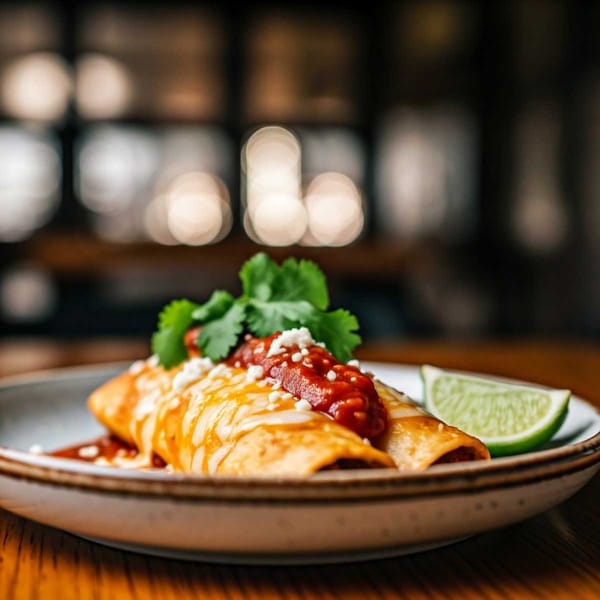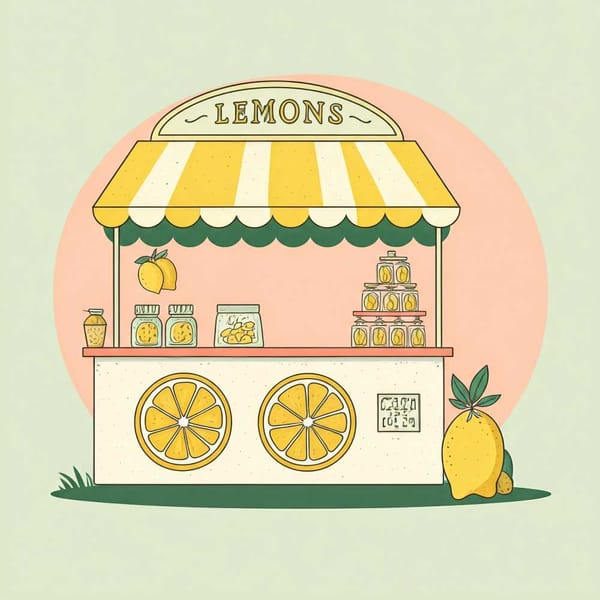Frieze challenges Zona Maco
The hustle and bustle over the arrival of the Frieze art fair in Los Angeles.

The hustle and bustle over the arrival of the Frieze art fair in Los Angeles leave Mexico City feeling.
After its editions of London, New York, and Masters, it will open its new station just seven days after the end of the Mexican Zona Maco, the largest trade show in Latin America.
Los Angeles will be attended by heavyweights such as Marian Goodman, Gagosian, David Zwirner, and Lisson, all absent this year in Mexico.
"It's a challenge (for Zona Maco)," says Ercilia Gómez Maqueo, an expert economist in the art market, who does not fail to point out an intention to draw the dates of both meetings in the same area of influence. "They are pulling at important galleries (that) are going to try, to see".
Frieze selected and invited more than 70 international exhibitors to settle in Hollywood's Paramount Studios. OMR and Kurimanzutto come from Mexico.
It includes a program of conferences and artist projects, under the executive direction of Bettina Korek, founder of the ForYourArt and who was in charge of the gallery program of Pacific Standard Time: LA / LA of the Getty Foundation, which gave greater visibility to Los Angeles as a city of art.
When referring to the launching of the new fair, The New York Times pointed out that one measure of its success would be to transform the city from a producer center, with artists such as John Baldessari and Mark Bradford, to an art consumer.
Zona Maco, which starts tomorrow at the Citibanamex Center, has tried to respond with a message of confidence: "We do not see it from a competition point of view but as an addition to the ecosystem," says artistic director Tania Ragasol.
And less weight to the absences, which did not fall of surprise, he says, since during the year they have conversations with the galleries, and even, he argues, is part of the natural cycle of the fairs that suddenly the galleries take breaks and then return.
Consulted, the gallery Marian Goodman declined to comment on his absence this year from Zona Maco when dealing with "matters that do not discuss" in public.
Also contacted were Gagosian and Zwirner and Lisson, but no response was obtained.
When Zona Maco decided to advance its dates from April to February, from the 2014 edition, approaching the week of ARCO, the Madrilenian fair signaled an aggressive move.
Its director, Carlos Urroz, spoke then of trying to harmonize the calendars of the fairs before an international agenda more and more loaded so that the galleries could combine their assistance, above all, the Latin American ones.
"Each organization chooses its dates according to the international calendar, but sometimes you are not aware of how it affects the fair's ecosystem and the galleries' agenda, because they have a limited capacity to hold fairs and, above all, a limited capacity of (show) interesting pieces for all those appointments, "replies Urroz, who will leave his post in March 2019.
The director of ARCO foresees that both Frieze and Zona Maco will have to evaluate the consequences of the proximity in terms of gallery participation and circulation of collectors. Perhaps, he says, some Europeans make the first stop in Mexico City and then go to Los Angeles and others who after years of traveling to the Mexican meeting decide to try the new fair, attracted by a very interesting scene.
Although it does not pose it as an established route, at least this year Ragasol has news of attendees who attended both appointments.
"It is very balanced where our collectors come from, but we know that there are many who cross the Atlantic to come here and can take that route," he replies.
In addition to the Mexican OMR and Kurimanzutto, this year will be present at both fairs Tina Kim, PACE, and Perrotin.
"We have attended Zona Maco since its inception and maintain close relationships with many artists and curators in the region. Due to our success in Paris of the sample of Mexican artists, how can I forget you? three years ago, it seems sensible to support and be, "says Peggy Lebouf, Perrotin.
He assures that Los Angeles is an important point for artists and institutions, and it makes sense to launch a fair now.
"It will nourish the links between important cultural actors, collectors, and artists, which is always good for art," adds Lebouf, who considers that both fairs serve different markets.
The United States remains the largest market for contemporary art and galleries could find more business there.
According to the latest Art Price report on contemporary art, measured through auction sales, the country remains at the top with 32 percent (612 million dollars), followed by the United Kingdom, with 29 percent (545 million dollars), and China, with 16 percent (298 million dollars).
"The galleries are not charity ladies, they are businesses, and most likely they sell much more (in Los Angeles) than here," adds Gómez Maqueo, who despite the economic value of the northern market, opts for the quality of the Mexican fair.
Urroz anticipates that Zona Maco, attractive for groups of museums and curators for the local art scene and cultural tradition, will have to adjust its strategy and highlight the Mexican and Latin American in the new panorama.
"There is nothing left but to strengthen the domestic market," concludes Gómez Maqueo.




